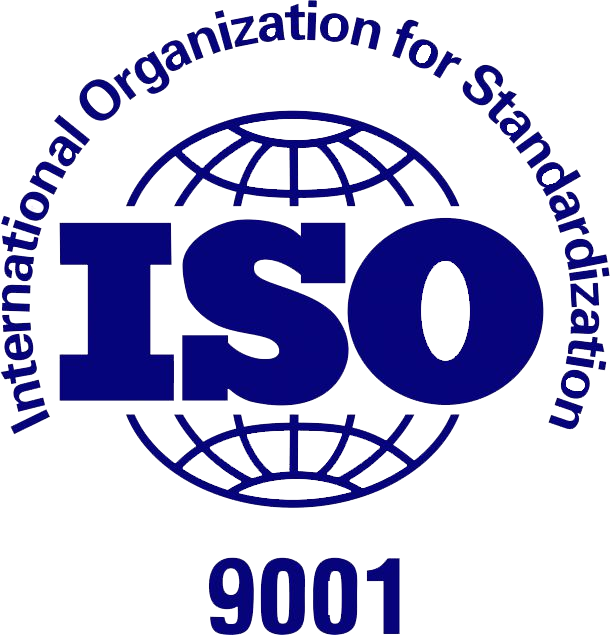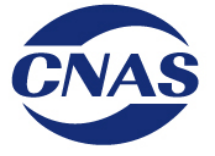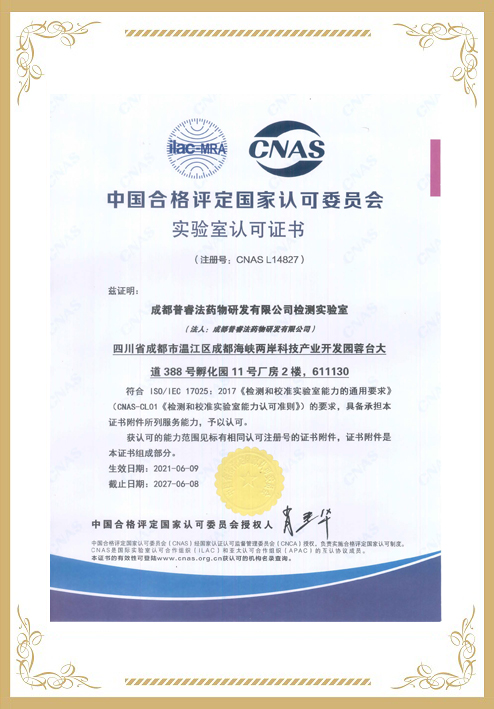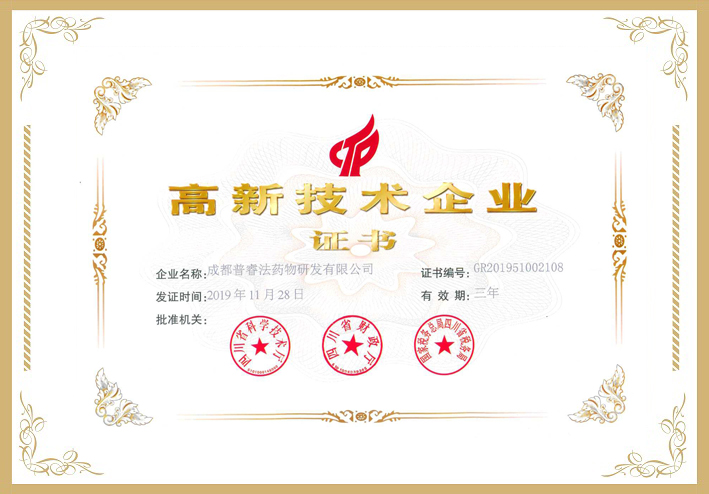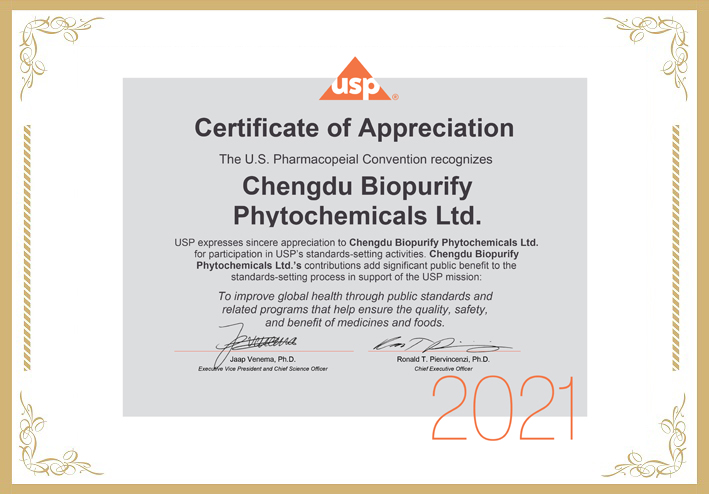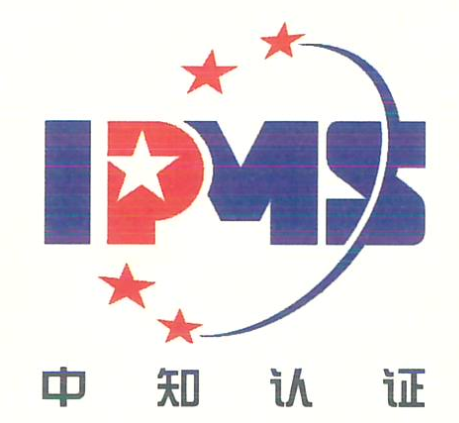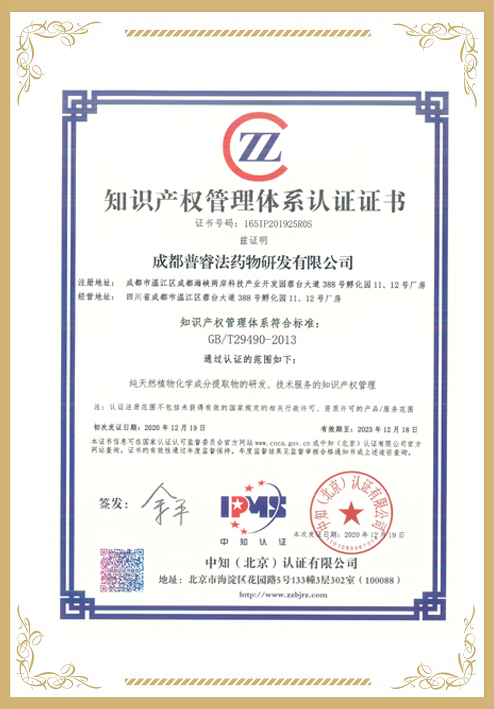The natural dihydroflavonol (+) taxifolin was investigated for its protective effect on Fenton reagent-treated bone marrow-derived mesenchymal stem cells (bmMSCs). Various antioxidant assays were used to determine the possible mechanism. These included ?OH-scavenging, 2-phenyl-4, 4, 5, 5-tetramethylimidazoline-1-oxyl-3-oxide radical-scavenging (PTIO?-scavenging), 1, 1-diphenyl-2-picryl-hydrazl radical-scavenging (DPPH?-scavenging), 2, 2′-azino-bis (3-ethylbenzo-thiazoline-6-sulfonic acid) radical-scavenging (ABTS+?-scavenging), Fe3+-reducing, and Cu2+-reducing assays. The Fe2+-binding reaction was also investigated using UV-Vis spectra. The results revealed that cell viability was fully restored, even increasing to 142.9?±?9.3% after treatment with (+) taxifolin. In the antioxidant assays, (+) taxifolin was observed to efficiently scavenge ?OH, DPPH? and ABTS+? radicals, and to increase the relative Cu2+- and Fe3+-reducing levels. In the PTIO?-scavenging assay, its IC50 values varied with pH. In the Fe2+-binding reaction, (+) taxifolin was found to yield a green solution with two UV-Vis absorbance peaks: λmax =?433 nm (ε =5.2?×?102 L mol?1 cm ?1) and λmax =?721 nm (ε?=?5.1?×?102 L mol?1 cm ?1). These results indicate that (+) taxifolin can act as an effective ?OH-scavenger, protecting bmMSCs from ?OH-induced damage. Its ?OH-scavenging action consists of direct and indirect antioxidant effects. Direct antioxidation occurs via multiple pathways, including ET, PCET or HAT. Indirect antioxidation involves binding to Fe2+.
… Methods. Chemicals and animals. The chemicals (+)
taxifolin (CAS number: 480–18-2, 98%),
dihydromyricetin (CAS number: 27200–12-0, 98%), and
4'-O-methyltaxifolin (CAS number: 70411–27-7, 98%) were obtained from Chengdu
Biopurify Phytochemicals Ltd …














